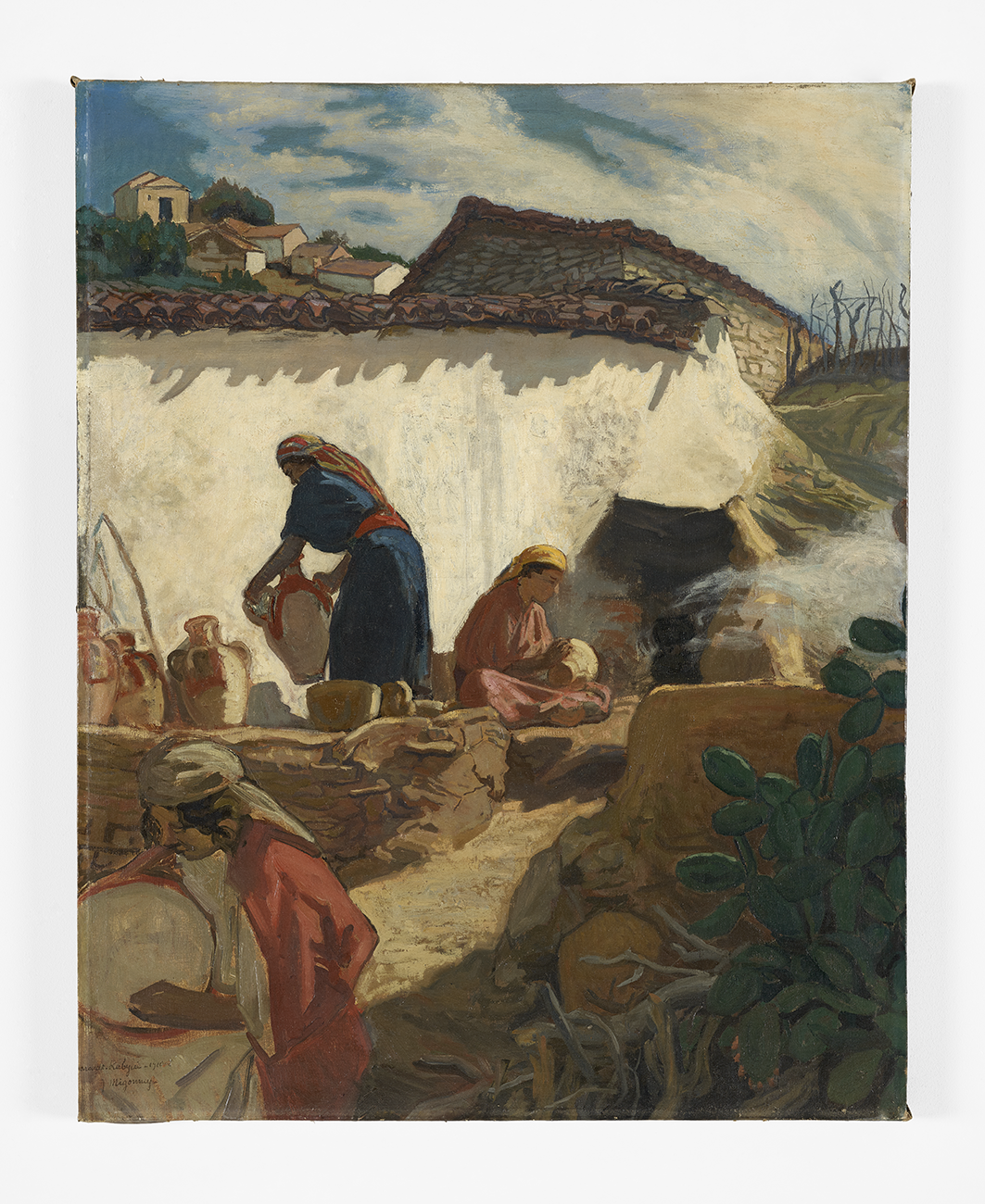The making of the Mediterranean
The gaze of museums
Mucem, J4—
Niveau 2
|
From Wednesday 5 June 2024 to Thursday 31 December 2026
Today, the Mediterranean is widely perceived as a universal heritage that should be shared by all its inhabitants and even beyond. Where and when did this idea come from? How was it forged and by whom? How was it gradually "invented"? What is its validity today? These are the major questions raised by the Mucem's new semi-permanent exhibition, which follows on from the "Connectivities" exhibition opened in November 2017.
The exhibition looks at how the Mediterranean has been constructed as an element of heritage – natural, artistic and ethnological, three approaches the construction of which is comparable in time. It proposes to show how museums have framed the subject of the Mediterranean. Natural science museums have been enriched by the products of the great military and scientific expeditions. In the museums of Fine Arts, in the wake of the "Grand Tour", it is the civilisations of the past that are first highlighted, followed by images of a dreamt-of East, which construct a fantasised Mediterranean. Ethnology museums, which appeared at the time when the colonisation of the southern and eastern Mediterranean by European states was taking place, were interested in distant societies, whether distance was geographical or in the perception of cultural differences. The sincerity of the scientific and human interest in the Other is sometimes difficult to distinguish from the interests and enterprises of colonial powers. It is in the light of this genealogical and critical approach that the positioning of the Mucem will be defined in relation to the institutions that preceded it and in relation to contemporary society.
The major contemporary issues facing the Mediterranean will also be discussed. The crises that are shaking it today cannot be ignored in the face of a heritage image of the Mediterranean. A space is given to a group of committed young people, the Collectif Ascagne, who have come together around this new gallery project, to express their views on a selection of objects, in collaboration with the Mucem teams and outside experts (academics, users of the object, artists, etc.). This renewed gaze will help to evoke, alongside what has contributed to the construction of the Mediterranean, what risks undermining it, what has made and what is undoing it... If heritage thinking is born of concern about the risk of disappearance, it is often a response to a crisis. The crises that the Mediterranean area is experiencing today only serve to revive this sense of urgency to safeguard what must, and can be, safeguarded.
The exhibition will present the Mucem and its identity in a historical and disciplinary dynamic, placing its founding collections in relationships they have with other fields, in order to show its filiation, but also its singularity in the museum landscape.
Some 300 works will be presented: paintings, sculptures, art objects, graphic arts, furniture, everyday objects, costumes, etc., mainly from Mucem and major French collections.
